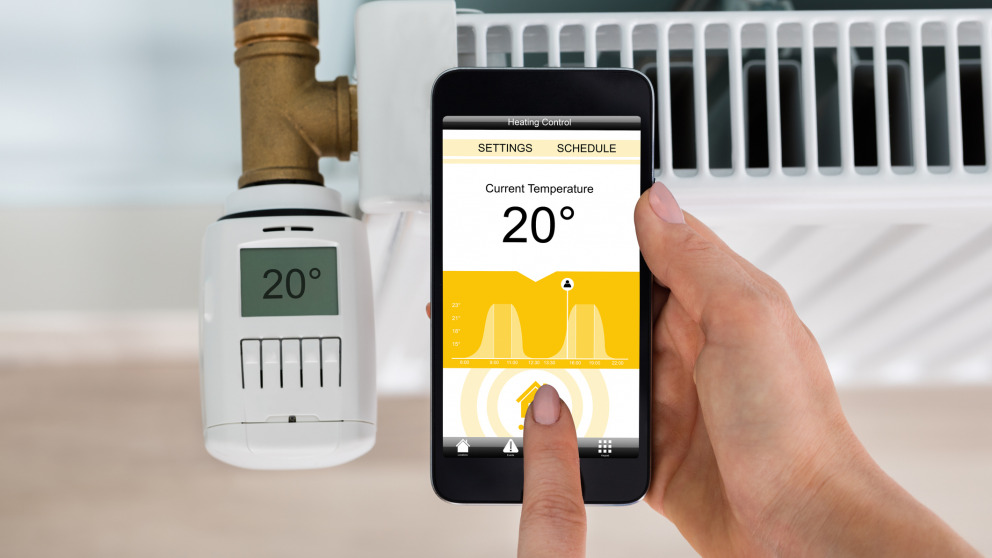Smart Thermostats Prove their Worth in Poorly Insulated Buildings
25.02.2020
High investment costs are a major impediment to the energetic refurbishment of residential buildings in Germany. Smart thermostats are a relatively inexpensive alternative. An IASS study shows that they are cost-effective for homes with a medium to low efficiency standard even when the realised energy savings are modest.

Smart thermostats are usually connected to a main control unit and can be remotely controlled via a smartphone app. Thanks to networked door and window sensors, they can detect when a room is being aired and suspend heating accordingly.
A good option for people who regularly leave the home
IASS researchers calculated under what circumstances smart thermostats are a worthwhile investment for typical home types in Germany. They conclude that for an average single-family home – 127 m2 living area, built between 1949 and 1978 – investment costs can be recouped within a decade if energy savings of 5.7% are realised. In the case of a 64m2 apartment, similar payback times apply provided there are energy savings of 7.7%.
The exact amount of energy saved depends largely on the behaviour and habits of individual occupants. People who spend a lot of time away from home can make significant energy savings using smart thermostats. And the energy- and money-saving potential of these systems is particularly high in poorly insulated buildings. In this case, it makes sense for occupants to lower the temperature when they leave the house and raise it again via an app on their way home.
Investment costs of a few hundred euros
According to the study, the cost of a smart thermostat system is in the region of 670 euros for a typical single-family home and 340 euros for an apartment. “Unlike energetic refurbishments, smart thermostats are a way for tenants to reduce their energy consumption and make a positive contribution to both their bank balance and the climate, since this is a purchase they can make independently of their landlords,” explains lead author Dominik Schäuble. He emphasises, however, that when it comes to implementing Germany’s Climate Action Plan 2050, thermostats are no substitute for comprehensive energy efficiency measures.
The Plan aims for an 80 to 95% reduction in greenhouse gas emissions by 2050 in comparison to 1990 levels. Private households in Germany are responsible for around a quarter of the country’s total energy consumption, with heating accounting for 70% of that share. The researchers point out that while smart thermostats can contribute to lowering emissions, they do not rule out the need for energy refurbishments of residential buildings and the expansion of renewables.
- Schäuble, D., Marian, A., Cremonese, L. (2020 online): Conditions for a cost-effective application of smart thermostat systems in residential buildings. - Applied Energy, 262, 114526. http://doi.org/10.1016/j.apenergy.2020.114526
Contact
